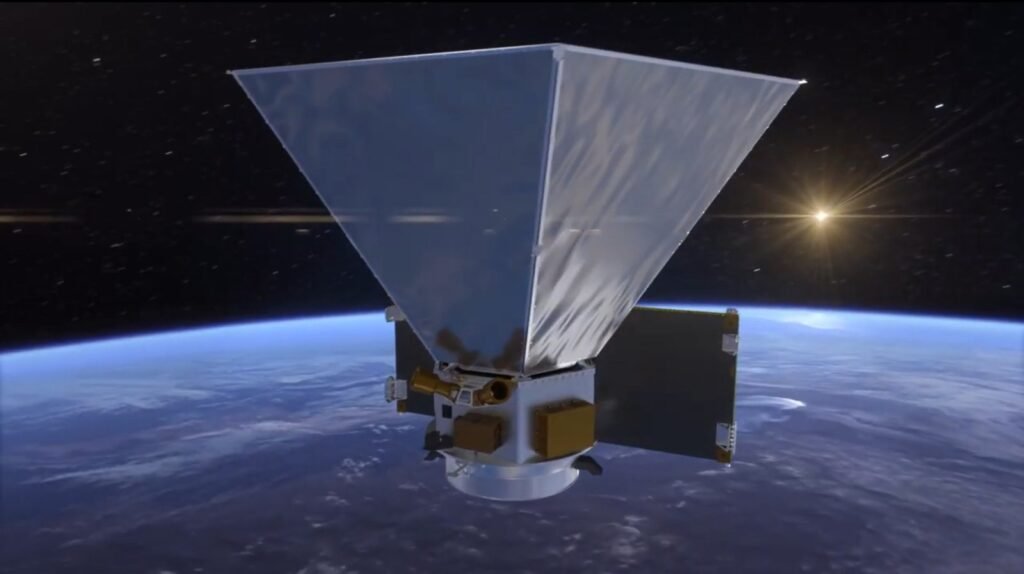NASA aims to launch new medium-class spacecraft with SpaceX’s Falcon 9 by 2024.
Nasa’s Jet Propulsion Laboratory(JPL) announced on 4th February 2021 that they have selected SpaceX for the launch of the SPHEREx mission (short for Spectro-Photometer for the History of the Universe, Epoch of Reionization, and Ices Explorer).
This medium-class spacecraft weighs 178 Kg. This spacecraft will board SpaceX’s Falcon 9 to outer space as early as June 2024. We have to wait for more than 3 years to see it but that is alright. This mission is a very big step for humanity. The launch will take place in Space Launch Complex 4E at Vandenberg Air Force Base in California. As NASA is using SpaceX’s Falcon 9 but still the launch will be managed by NASA’s Launch Services Program at the agency’s Kennedy Space Center in Florida. NASA’s JPL will see that the project is completed in the time they will be in charge of the whole project management, systems engineering, integration, testing, and mission operations for the mission.

SPHEREx
SPHEREx mission is a planned two-year mission by NASA. As stated earlier it is a medium-class spacecraft, it will cost $242 million which is being funded and this cost does not include the launch cost.
SPHEREx will gather data from more than 300 million galaxies and 100 million stars in our galaxy Milky Way. It will gather this data by observing the infrared light as infrared is such a powerful tool for observations. Infrared light is not visible to human eyes but it is not a problem for machines.
Agency stated that SPHEREx will help us a lot in making discoveries. It will survey all the galaxies whose light has reached us or will reach us shortly until SPHEREx goes defunct. This mission will also look out for water and organic molecules in Milky Way too for a chance of finding habitable planets that are very far from Earth.
SPHEREx will complete its cycle of gathering data every 6 months using technologies adapted from the earth and interplanetary spacecraft. Its main purpose is to map the entire sky in 96 different color bands. This resolution will be far better than all the previous sky maps. In the meantime, it will also identify targets for more detailed study for future missions, such as NASA’s James Webb Space Telescope and Wide-Field Infrared Survey Telescope.

Project Participants
Dr. James J. (Jamie) Bock will lead the investigation.
Both the California Institute of Technology and Jet Propulsion Laboratory will complete the payload of SPHEREx.
Ball Aerospace will then supply the spacecraft.
The nonflight cryogenic test chamber will be provided by Korea Astronomy and Space Science Institute
SPHEREx is a very big project and it includes scientists from across the country, including UC Irvine, Ohio State University, Harvard-Smithsonian Center for Astrophysics, Arizona State University, University of Arizona, Rochester Institute of Technology, Argonne National Laboratory, and Johns Hopkins University.

1 Comment
Pingback: Russia deploys a Giant Neutrino finder Telescope in World's Deepest Lake Baikal - Craffic